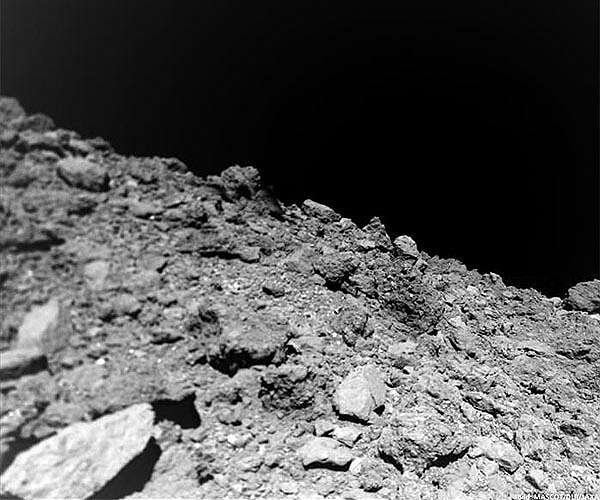The Scottish mathematician
John Napier proposed such a device. In his book
Secrete Inventionis (1596), he published details of a giant mirror to burn enemy ships by focusing the sun's rays on them.[
citation needed]
In 1929, the German physicist
Hermann Oberth developed plans for a space station from which a 100-metre-wide concave mirror could be used to reflect sunlight onto a concentrated point on the earth.
[1]
Later during
World War II, a group of German scientists at the German Army Artillery proving grounds at
Hillersleben began to expand on Oberth's idea of creating a superweapon that could utilize the sun's energy. This so-called "sun gun" (
Sonnengewehr) would be part of a space station 8,200 kilometres (5,100 mi) above Earth. The scientists calculated that a huge reflector, made of metallic
sodium and with an area of 9 square kilometres (900 ha; 3.5 sq mi), could produce enough focused heat to make an ocean boil or burn a city.
[1] After being questioned by officers of the United States, the Germans claimed that the sun gun could be completed within 50 or 100 years


